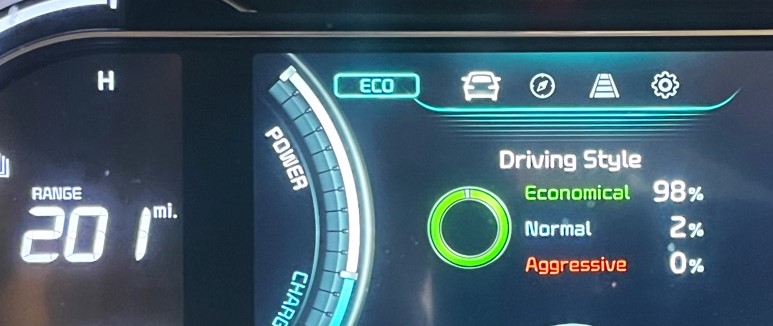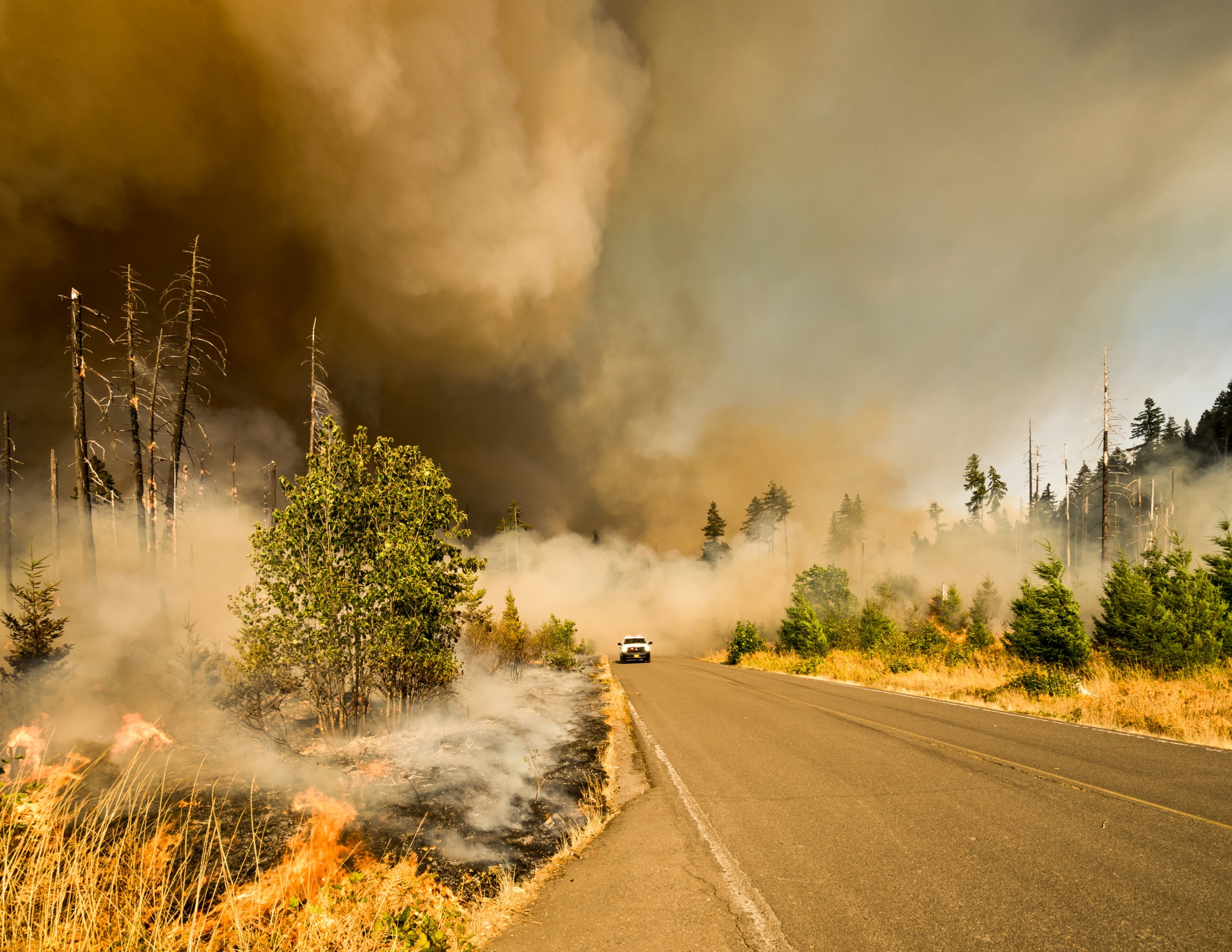
Doubling Down on Climate Progress
The Benefits of a Stronger Regional Greenhouse Gas Initiative
To tackle the climate crisis, we need to quickly shift away from dirty fossil fuels and towards 100 percent renewable energy. The Northeast and Mid-Atlantic states are leading the way with the best regional clean air and climate protection program in the country: the Regional Greenhouse Gas Initiative.
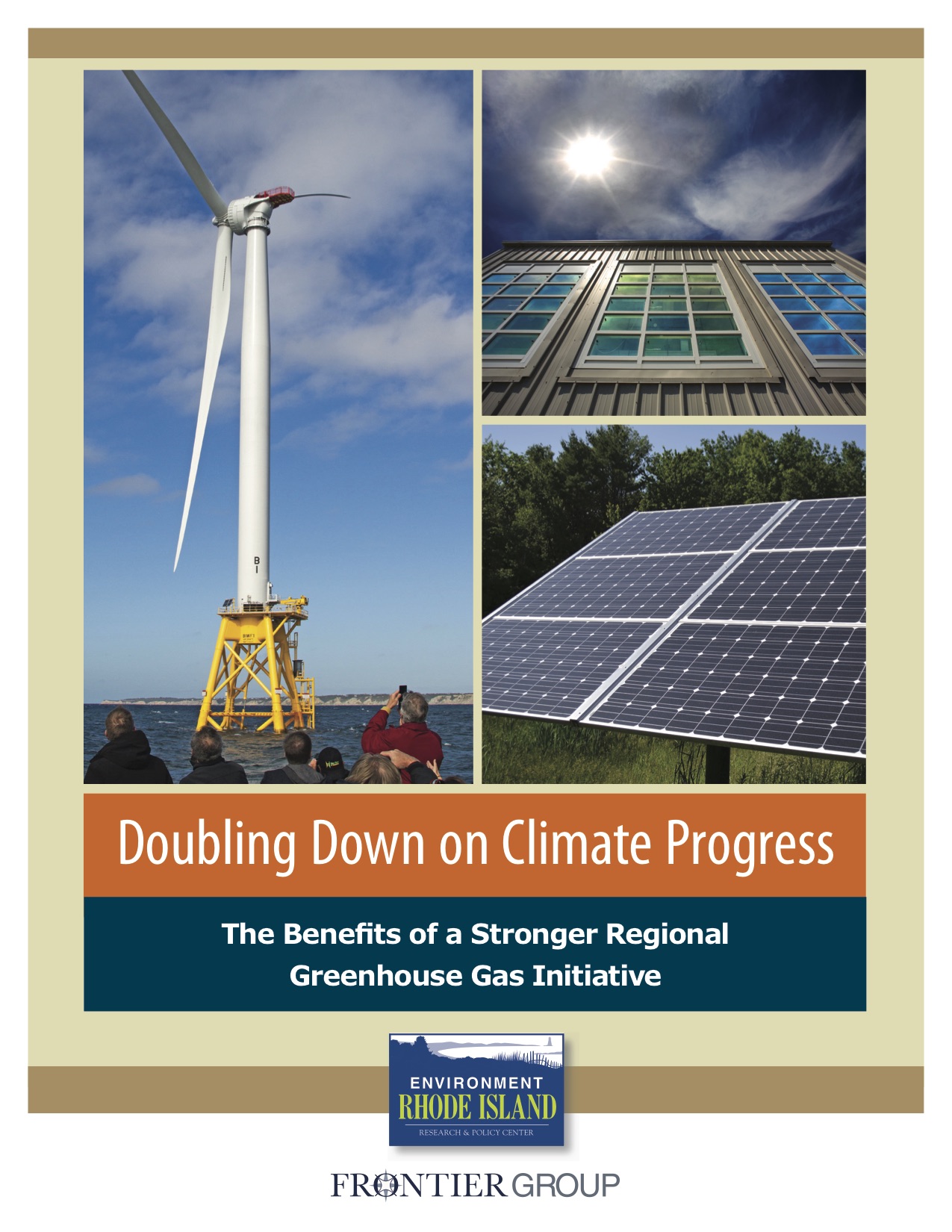
Downloads
Environment Rhode Island
To tackle the climate crisis, we need to quickly shift away from dirty fossil fuels and towards 100 percent renewable energy. The Northeast and Mid-Atlantic states are leading the way with the best regional clean air and climate protection program in the country: the Regional Greenhouse Gas Initiative. Since 2009, this program has helped cut dangerous pollution from power plants while generating billions in funding for clean energy programs, delivering major benefits.
As good as this program is, we can make it even better. Doubling its strength in the coming decade would cut more pollution, bring healthier air for our families, and show the rest of the country and the world that our region is committed to doing what it will take to address global warming.
The Regional Greenhouse Gas Initiative is delivering major benefits for Northeast and Mid-Atlantic states. So far, in the participating states, the program has:
- Helped to cut carbon dioxide pollution from power plants in half since 2005 (the year the policy was finalized), the equivalent of retiring 22 dirty coal-fired power plants.
- Helped to clean our air – saving 600 lives over six years, preventing 9,000 asthma attacks, and averting respiratory illnesses that otherwise would have caused 43,000 lost work days.
- Generated $2.6 billion for states to invest in clean energy, energy efficiency and consumer benefit programs, driving more local clean energy projects and strengthening communities across the region.
- Helped to reduce electricity consumption by 5 percent since 2005 – even as the regional population grew by 7 percent, and the economy grew by 10 percent.
- Given a boost to clean energy, helping to increase solar power generation by more than 75 percent since 2012 and helping to more than double wind power since 2008.
- Locked in more than $4.6 billion in savings on energy bills for citizens and businesses over time – an incredible return of $3.50 in energy bill savings for every dollar spent on clean energy.
- Boosted the regional economy by almost $3 billion and created more than 30,000 jobs.
As good as the Regional Greenhouse Gas Initiative is, we can make it even better. Doubling the strength of the program beginning in 2020 would:
- Cut carbon dioxide pollution in half below current levels by 2030. We could prevent twice
as much pollution as compared to keeping the program on its current trajectory of carbon emissions. Over a decade, that would add up to an additional 100 million tons of pollution avoided – or the equivalent of making more than 1 million homes run entirely on solar power.
- Invest $18.7 billion in clean energy over the decade from 2020 to 2030 – enough to weatherize more than 7 million homes, or almost every household in New York state. In total, this report estimates that doubling the strength of the cap on pollution would generate on the order of $18.7 billion over ten years – $4 billion more than if the states keep the program at its current strength.
- Help states achieve climate goals. A comprehensive analysis by Synapse Energy Economics showed that doubling the strength of the Regional Greenhouse Gas Initiative is part of the most cost-effective pathway to achieving our 2030 goals for slashing global warming pollution across our entire economy.
States should double the strength of the Regional Greenhouse Gas Initiative to accelerate our progress in the fight against global warming, and magnify the important benefits that come from reducing pollution. Additionally, states should act to close loopholes that could undermine the effectiveness of the program. Finally, additional states should join the program to accelerate progress in cleaning up dangerous pollution from power plants and fighting climate change.
Topics
Find Out More

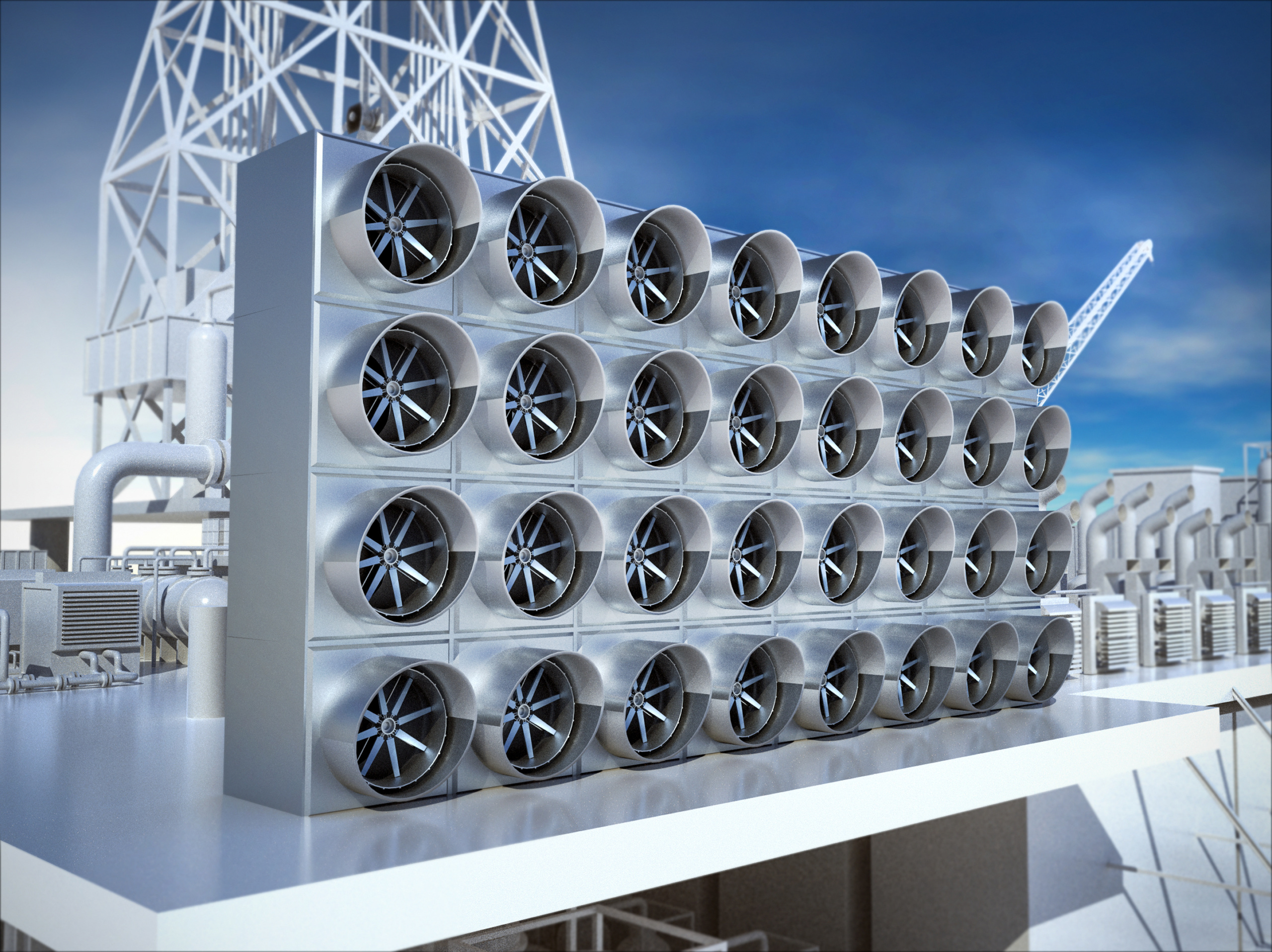
Carbon dioxide removal: The right thing at the wrong time?
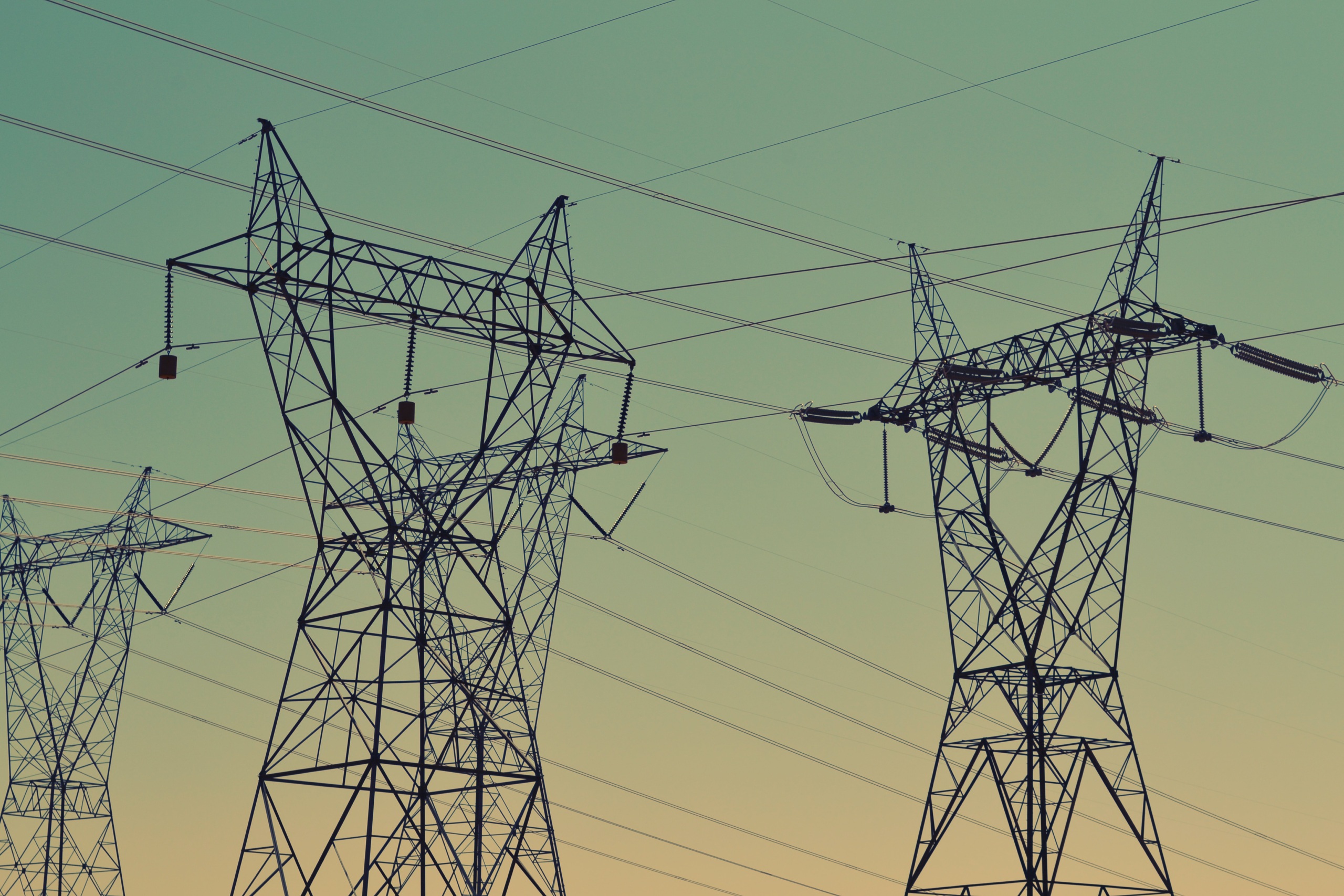
Fact file: Computing is using more energy than ever.
